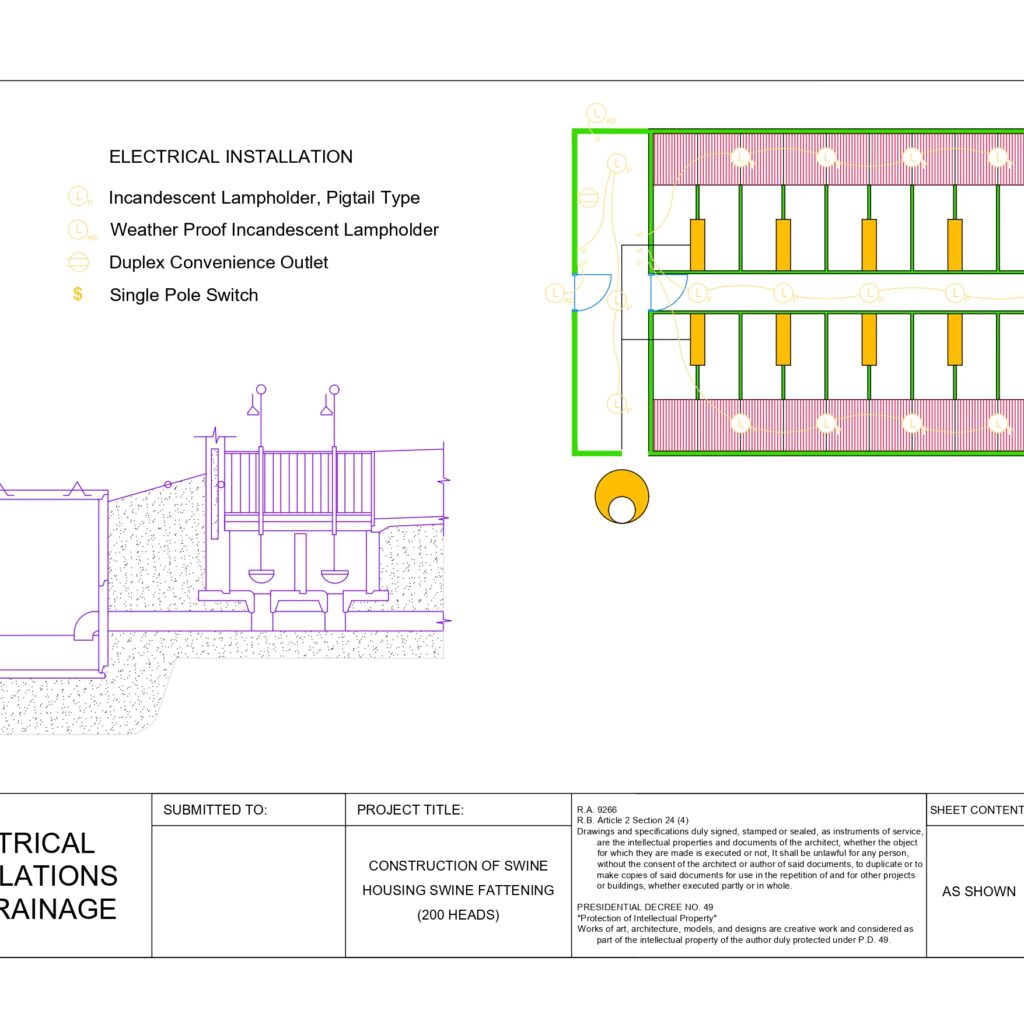Swine housing fattening refers to a specific stage in the pig production process where young pigs, typically weaned piglets or growers, are raised and fed to reach their desired market weight. In the context of “200 Heads,” it indicates the number of pigs being raised in a particular housing facility or operation.
The purpose of swine housing fattening is to provide a controlled environment that promotes efficient growth, proper nutrition, and optimal health conditions for the pigs. During the fattening period, which can vary depending on the target market weight, pigs are typically housed in specialized facilities designed to meet their specific needs.
These housing facilities for swine fattening are designed to provide adequate space, ventilation, feeding systems, waste management, and biosecurity measures. The layout of the facility includes separate pens or rooms to accommodate groups of pigs based on their size and weight. Ventilation systems are installed to ensure proper airflow, temperature control, and removal of harmful gases. Feeding systems, such as automatic feeders or troughs, are used to provide a balanced and consistent diet to support optimal growth. Waste management systems are implemented to handle manure accumulation and maintain cleanliness and hygiene within the facility. Additionally, biosecurity measures are in place to prevent the introduction and spread of diseases.
You must log in to submit a review.

